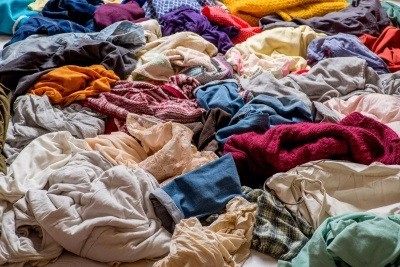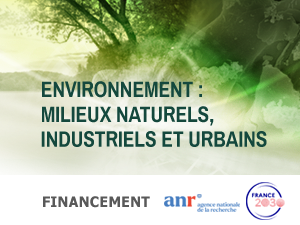Textile materials have two essential characteristics: one is technical, resulting from the choice of fibers and their assembly into fabrics, the second is aesthetic, linked to the material and its finishing. The value of a textile object is associated with both technical and aesthetics, it is linked to actual wear and tear completed with the attachment of the consumer. The end of life of these textiles can occur because they are worn and damaged or because they are not liked anymore or considered outdated. Thus, they can have several lives, be reused, repaired, transformed (upcycled) before being shredded for recycling. This project focuses on these different possible end-of-life loops, on the eco-design of textiles and on the analysis of discarded textiles, as well as the design of century-old textile objects. The objective is to analyze and model the flows of discarded textiles, both in the short term by setting up a methodology to analyze the deposits of abandoned textiles, and in the long term by imagining new textile materials. The textile object will be studied according to the 3 scales: the molecular scale, at the level of the polymers constituting the fibers, the scale of the textile fabrics, and the scale of the articles, and in particular clothing. According to these 3 levels of analysis, we will take into account the ageing of polymers, the degradation of textile materials and its end of life.
At the molecular scale during the macromolecular synthesis step or the formulation step of polymers, incorporating some relevant building blocks in the backbone of polymer or some additives within the polymer can be a pathway to bring performance but also the ability to be repaired, sorted, reused or recycled. A "material by design" approach will allow for synthesizing eco-designed macromolecules, i.e. made of dynamic bonds that may form or break down under the stimulus effect (temperature, light, pH) by using green chemical reagents, bio-based monomers and clean processing.
At the macro level, the aim is to design textiles with evolving surface states over time of use in order to consolidate the user's affective charges on his object and extend its life span. The research focuses on the evolution of the properties and qualities of natural materials and natural dyes during use. It questions the perception of wear as a negative impact. It aims to open up broader interpretations of what constitutes a textile or a finished product, and questions when the life of an object has come to an end.
The second objective is to better understand the deposits to optimize the transformation processes of used textile and recycling. It focuses on the origin of these deposits and the nature of their defects of use on the one hand and on the conditions necessary for their transformation in the various options of recycling on the other hand.
The perceptions and meanings associated with unwanted textiles by consumers will be evaluated on qualitative methods such as ethnographies in the domestic space, interviews, visual anthropology, socio-historical analysis and also by quantitative methods with surveys.
Next, unwanted post-consumer textiles will be qualified. Wear characteristics and heterogeneity indicators will be added to the composition and textile structure of discarded textiles. In parallel, the recycling channels of clothing will be studied from the scientific literature and completed by an analysis in French companies. This will allow to set up of life cycle scenarios for clothing with different end-of-life loops and, by using LCA, to look for those that lead to a decrease in environmental impacts. The relevant criteria to anticipate recycling will be defined: nature of the fibers and structure of the fabrics, conditions of use (duration and generated defects), end-of-life recovery, number of loops before recycling. A decision support tool to optimize the choice of recycling channels for discarded textiles will be proposed.



